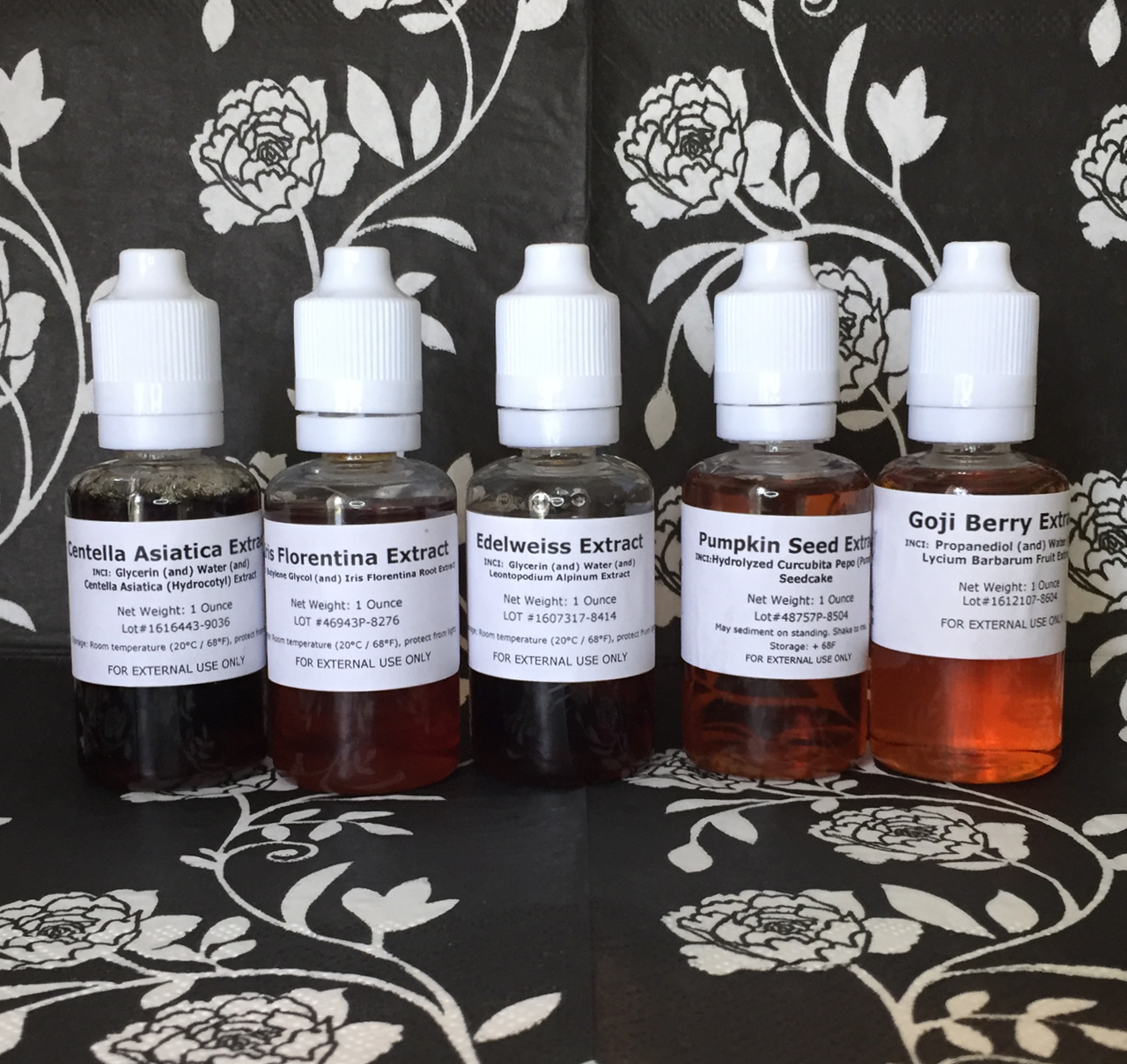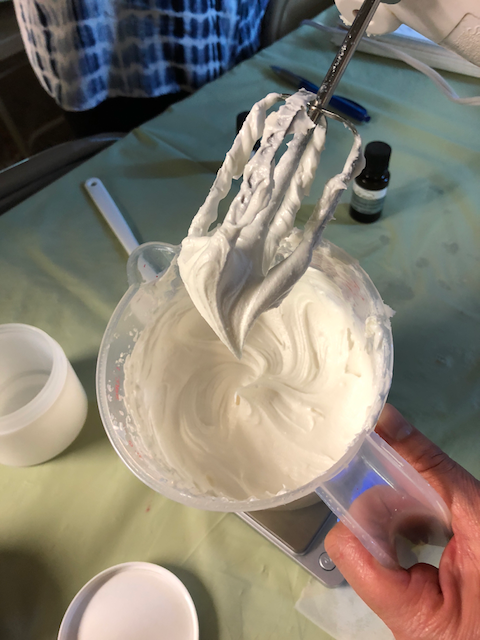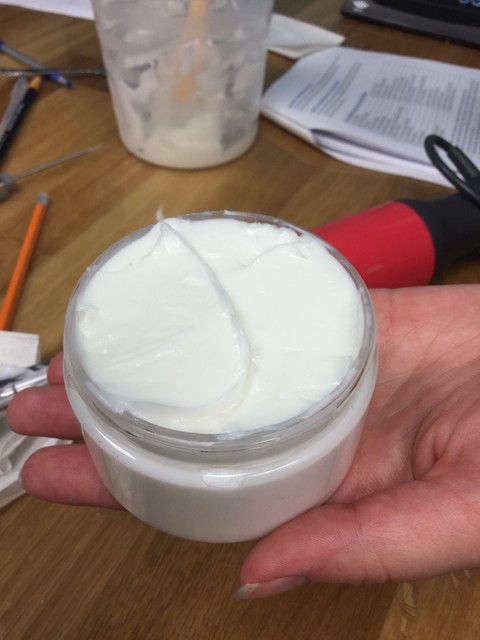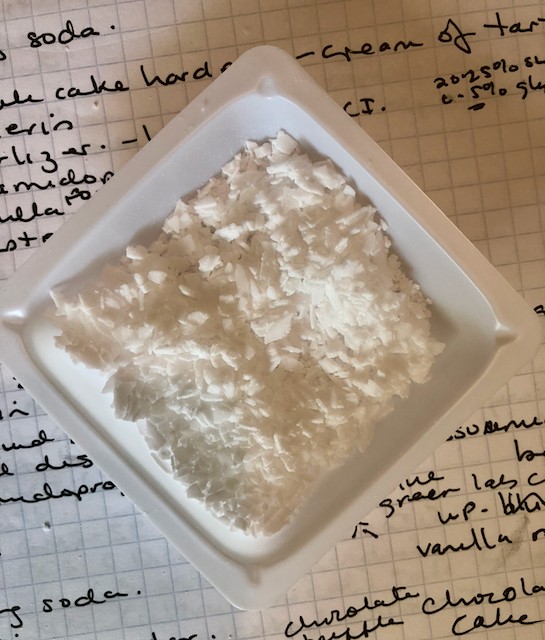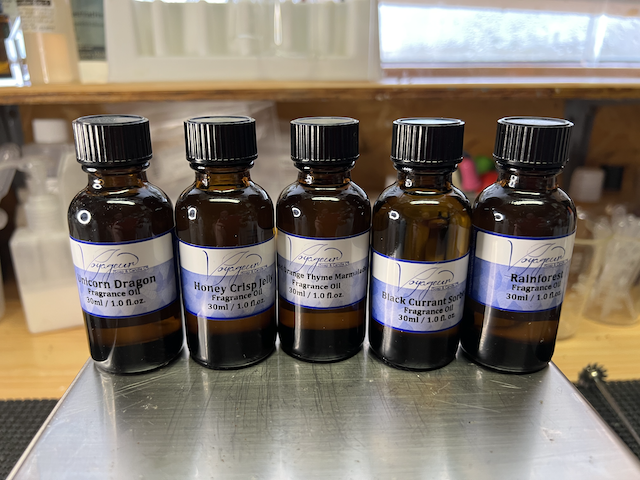Let’s talk about what it means for an ingredient or product to be vegan!
This came up the other day, and I thought it’d make for an interesting post. What does it mean for an ingredient or product to be vegan? Quick summary if you don’t want to read the whole post: When it comes to making products, most of our ingredients are plant- or mineral-derived (like sand or...

